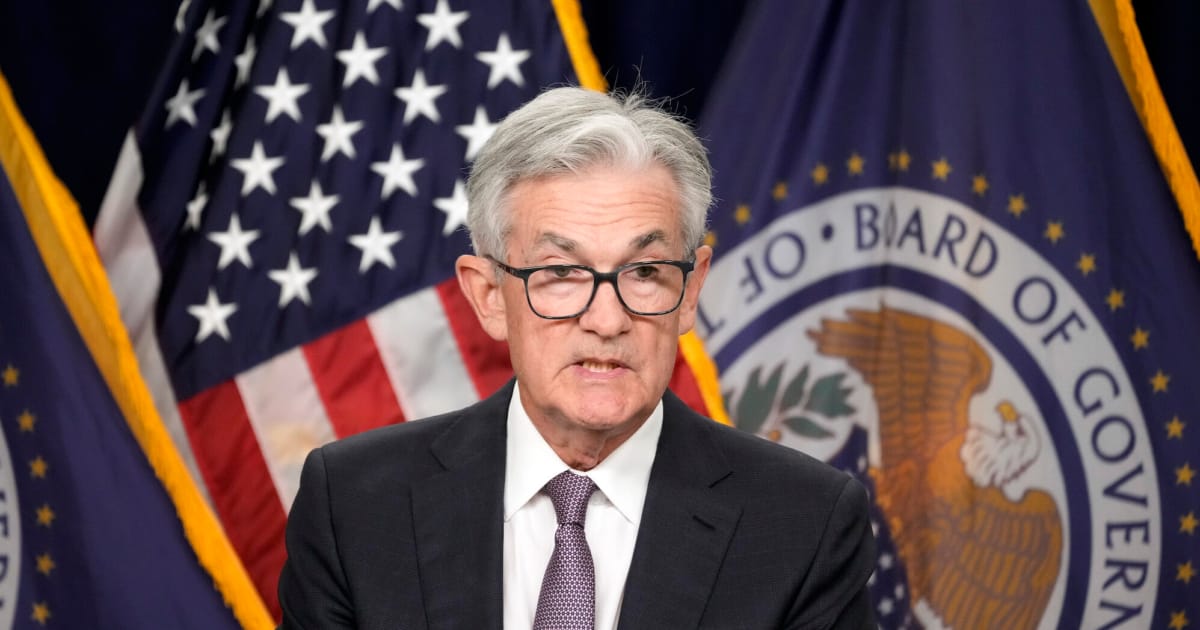Fed Chair Jerome Powell Declares No Central Bank Digital Currency (CBDC) for the US

In a statement, Jerome Powell, the Chair of the Federal Reserve, has made it clear that the United States will not be venturing into the realm of central bank digital currencies (CBDCs). This announcement comes at a time when the world is witnessing a significant shift towards digital currencies, with central banks globally exploring the potential of CBDCs. According to a survey by the Bank for International Settlements (BIS), an astonishing 93% of central banks are engaged in some form of CBDC research or development.
This decision by the Federal Reserve stands in stark contrast to the global trend. By the year 2030, projections suggest there could be as many as 15 retail and 9 wholesale CBDCs in circulation around the world. This indicates a growing acceptance and implementation of digital currencies by central banks, aiming to modernize their monetary systems in response to the rise of digital payment technologies and cryptocurrencies like Bitcoin and Ethereum.
Global Trends and US Caution
Despite the global momentum, the Federal Reserve's stance reflects a cautious approach, possibly due to the complexities and potential risks associated with digital currencies. This includes concerns over privacy, cybersecurity, and the impact on traditional banking systems. The decision also aligns with some political sentiments within the US. Notably, figures like President Donald Trump have expressed opposition to CBDCs, resonating with libertarian views that favor minimal government intervention in financial matters.
Instead of venturing into the creation of a Central Bank Digital Currency (CBDC), the United States is steering towards the adoption of stablecoins, which are digital currencies pegged to stable assets like the US dollar. This strategic move involves regulating these stablecoins under US jurisdiction, ensuring they meet stringent standards for security, transparency, and stability. By doing so, the US aims to leverage the global reach of digital currencies to enhance the dominance of the dollar internationally. This approach not only supports innovation in the financial sector but also positions the US dollar as a pivotal anchor in the global digital economy, potentially extending its influence further as more countries and businesses adopt these regulated stablecoins for transactions.

